My current suspicions of Morgellons being a possible Archaea pathogen are due to an experiment with an Anti Fungal medication – Terbinafine and the consequent reaction it had on my body which I will discuss here….
I took Terbinafine to treat Ringworm, which is the most abundant (fungal) pathogen according to my Bioresonance scans, also prevalent in every Morgellons Disease case I have studied using the Bioresonance Diagnostic Technology.
After about two months on Terbinafine, I developed a horrible side effect in that I could no longer taste properly. Not only that but I had a permanently awful taste in my mouth which I would describe as a salty, metallic taste, and also I began hyper salivating which has been very uncomfortable.
I at first suspected it may be Disulfiram causing this, as I have been taking Disulfiram to treat Lyme and Morgellons for some months. Also, as it is a known metal chelator I assumed the metallic taste could be to do with this. So I took a couple weeks off of Disulfiram but it made no difference. I then did the same with Fenbendazole which I also take for the above conditions, as I began to worry that maybe the Fenben I was taking was not pure – was there any toxic byproducts in these medications causing this issue with my taste? Stopping both these medications did not relieve the side effects I was experiencing and so I concluded that it could be Terbinafine. As I researched this possibility I found that actually many people had suffered with exactly the same symptoms as me, and in fact improvements seem to take a very long time after stopping Terbinafine.
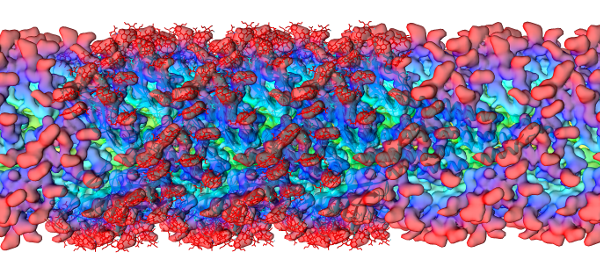
Losing my taste was substantially affecting my quality of life and I began to lose weight fast, this was not a problem initially as I was slightly overweight, but it was not something I wanted to live with long term.
Bioresonance Testing For Toxicity
I use Bioresonance diagnostic testing to monitor my progress whilst self medicating and of course I set out to check that I wasn’t ingesting any toxic substances with the medication I was taking. What I found was a pleasant surprise in that in fact my health had improved phenomenally. According to the programme ‘comparative analysis’, several areas of my body which had previously caused me concern had improved remarkably, I have documented this in my previous post – https://lubixlymeandco.co.uk/2020/07/19/where-there-is-morgellons-there-is-hope
Predominantly the improvements can be seen in my vascular system – my atherosclerosis has improved massively. This was something I had seen in various people suffering with Morgellons and it was something I had been curious about as to what the cause was.
I also looked specifically in my Liver to see if there where toxins previously undetected, and could only see improvements. I looked in my mouth and salivary glands and here the scanner revealed ‘Sialadenitis‘ (salivary gland infection) and ‘Geographical Tongue‘ but did not specify what the pathogen was which was causing the infection and this indicates to me that the pathogen is not in the database – when this happens I suspect this is Morgellons.
In my tongue the other issue I found was slightly elevated levels of arsenic, so I took a Urine Toxic Metals and Essential Elements test. If you are in the UK this test can be ordered via a Nutritional Therapist such as myself, or a Functional Medicine practitioner near you, via Biolab.
Results of Metals and Essential Elements Test:
A urine metal analysis did not reveal Arsenic (what is revealed in the tongue with Bioresonance, may not be metabolised via urine) but did reveal other imbalances such as:
High Levels:
Nickel
Zinc ( I am supplementing with Zinc so not surprising)
Low Levels:
Sodium Potassium and Magnesium (could be due to dehydration or poor kidney function)
Chromium
Lithium (commonly seen in other Morgellons patients).
Ancient Archaea Pathogens Implicated in Morgellons Disease?
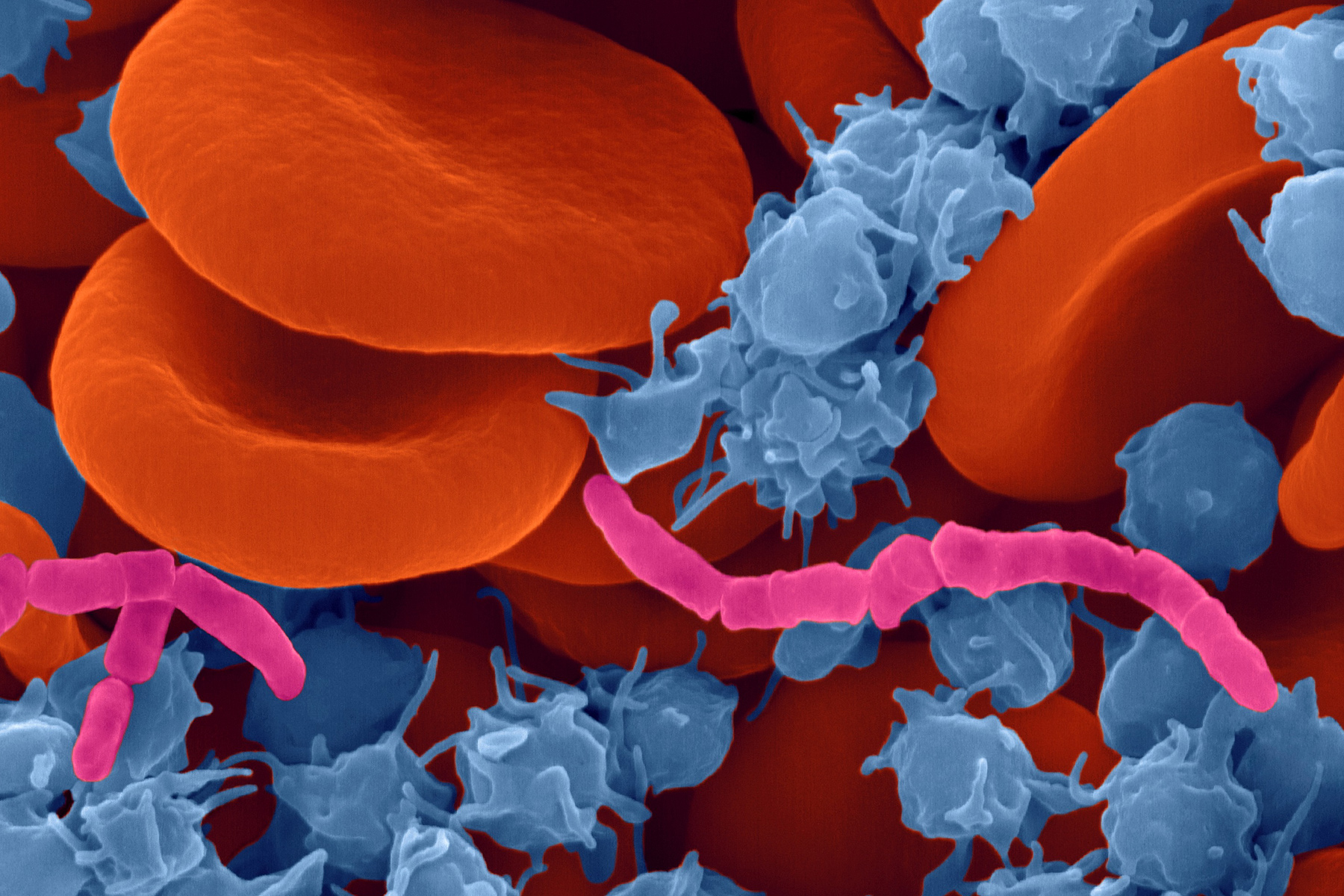
Turns out that the mechanism of action of Terbinafine not only works on fungal pathogens but also on a lesser known subunit of organisms called Archaea, and these Archaea are predominantly found in the mouth and gums, this study of human periodontal disease revealed the high incidence of Archaea,
‘Archaea were harbored by 36% of periodontitis patients and were restricted to subgingival sites with periodontal disease. The presence of archaeal cells at these sites was confirmed by fluorescent in situ hybridization. The archaeal community at diseased sites was dominated by a Methanobrevibacter oralis-like phylotype and a distinct Methanobrevibacter subpopulation related to archaea that inhabit the gut of numerous animals’ https://www.pnas.org/content/101/16/6176
Not much appears to be known about Archaea, but it seems they are very much codependent with other widely studied bacterias such as E.Coli and also Sulfur Reducing Bacterias – which can be a common cause of bad breath or Halitosis in humans.
The reason why Archaea rang a bell for me, is because Steve Beddingfield has brought it to the attention of users using his forum ‘Mold and Morgellons Support Protocol’ , Steve felt he had identified this in some of the Morgellons samples he had been studying over the years. Further enquiry revealed that Steve feels the Archaea may be being ‘farmed’ by Protista in the Morgellons pathogenesis.
‘While no human clinical study studying the in vivo effects of statins on archaea in our microbiomes has been published, in vitro results strongly suggest that these drugs could inhibit the growth of archaea in the human body. While the inhibitory concentrations reported for archaea in vitro are much higher than their level in circulation, their levels in the gut may be very much higher. Moreover, in highly competitive niches, such as the colon, even partial growth inhibition may cause extinction……….Statins that inhibit the activity of 3-hydroxy-3-methylglutaryl coenzyme A reductases of eukaryotes and archaea lower blood cholesterol in humans, but they also effectively inhibit archaeal growth because they block the synthesis of their main membrane lipids. If indeed M. oralis is a “co-pathogen,” it would be interesting to examine the effects of “archaea-specific” drugs such as statins on periodontal disease, for example, by examining the periodontal pockets of patients who have recently been prescribed statins before and after several months of statin use.’
https://journals.plos.org/plospathogens/article?id=10.1371/journal.ppat.1004833
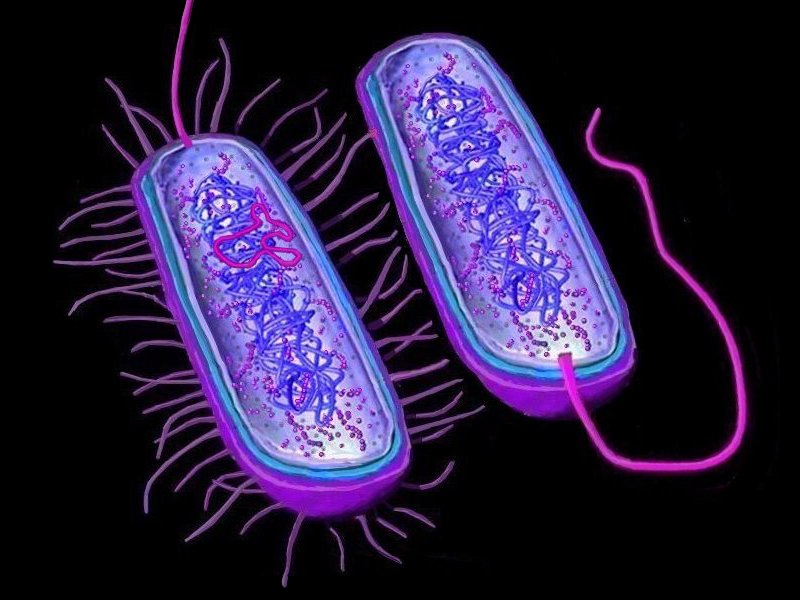
In this interesting article about Archaea and its involvement in the Microbiome of the gut, it concludes by suggesting again that the way to treat Archaea may be with Statins:
‘Archaea are largely resistant to antimicrobial agents, which target bacteria, as they have different cell wall components and structure, and the few antimicrobials which they are susceptible to have been summarized in a recent review. Notably, Methanobrevibacter species have only been shown to be susceptible to Mevastatin and Levastatin, both hydroxymethylglutaryl (HMG)-SCoA reductase inhibitors.’ https://www.intechopen.com/books/the-gut-microbiome-implications-for-human-disease/the-pathology-of-methanogenic-archaea-in-human-gastrointestinal-tract-disease
As Terbinafine is known to work on the lipid peroxidase pathway, it seems to have an effect on Archaea as well as fungus, and I question whether taking this drug has interrupted the usual growth of Archaea in the gut, and caused ‘scattering’, as often seen when treating an organism with other medications such as Fenbendazole and various anti parasite medications. The scattering may have caused the infection to proliferate in my mouth instead of the usual gut microbiome.
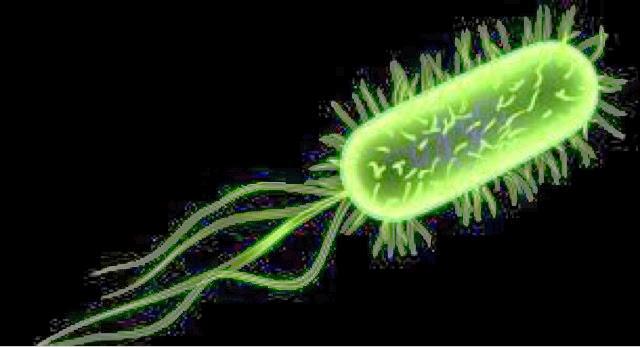
Whatever is going on is very profound, and I have noticed other forum users describing the exact same problems. My gums and oral tissue are very sore, my mouth is burning constantly and the hypersalivation problem requires me to keep swallowing constantly These symptoms together with the foul taste wakes me up at night!
As I discovered in my research that Archaea cannot be treated with antibiotics i’m reserved to visit my GP for an opinion, as I don’t want to take antibiotics if if they are not going to help. I am instead going to try a course of Statins, which in the context of treating Archaea, should have a similar effect as Terbinafine but perhaps be less toxic following long term use and hopefully even more effective.
Another connection with Archaea to Morgellons Pathogenesis may be the organisms link to heavy metal Methylation,
‘the capability of methanogens to effectively transform heavy metals or metalloids into volatile methylated derivatives that are known to be more toxic than the original compounds (13). This feature is shared with some bacteria, but interestingly, methanogens isolated from the human gut have been shown to possess a much higher potential for metal(loid) derivatization (e.g. bismuth, selenium, tellurium, and mercury) in vitro compared to bacterial gut isolates (14). The immediate consequences of such transformation for human health have to be elucidated’ https://www.ncbi.nlm.nih.gov/pmc/articles/PMC3086593/
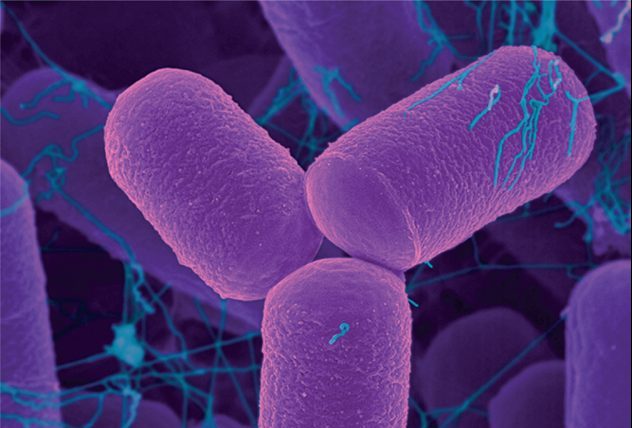
My metal chelation has been delayed by the late arrival of Emeramide, so my next post will be either on this or the use and observation of Statins to alleviate what may or may not be an oral infection with the ancient Prokaryotic organism known as Archaea.
Watch this space and be well, Lubix
Featured Image: www.thinkstockphotos.com
Further Reading and Sources:
Archaea vs Bacteria: https://www.diffen.com/difference/Archaea_vs_Bacteria
Archaea and Their Potential Role in Human Disease: https://iai.asm.org/content/71/2/591#sec-6
The Pathology of Methanogenic Archaea in Human Gastrointestinal Tract Disease: https://www.intechopen.com/books/the-gut-microbiome-implications-for-human-disease/the-pathology-of-methanogenic-archaea-in-human-gastrointestinal-tract-disease
Archaea in and on the Human Body: Health Implications and Future Directions: https://journals.plos.org/plospathogens/article?id=10.1371/journal.ppat.1004833
My Book: The Beast Lies Within – Secret Diary of a Morgellons Sufferer https://www.amazon.co.uk/dp/B07Z8GBG2Q
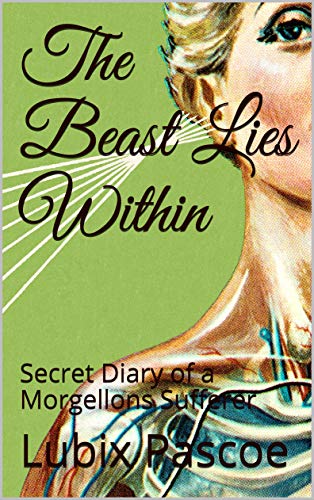
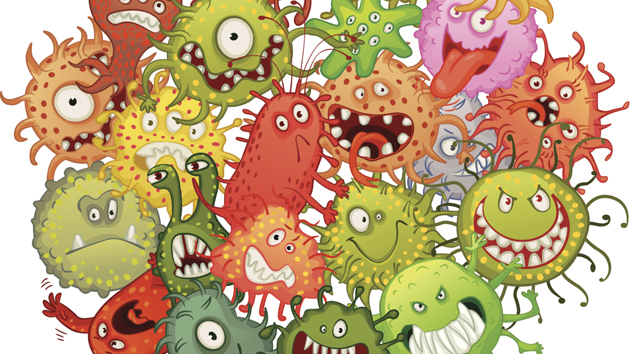
Leave a comment